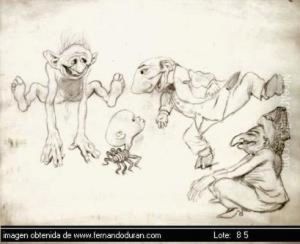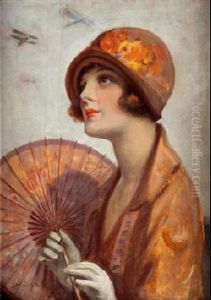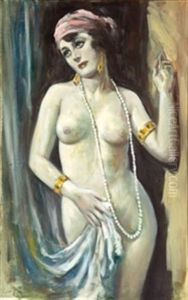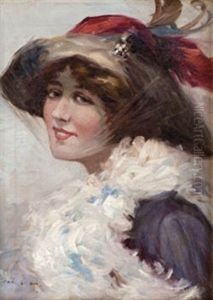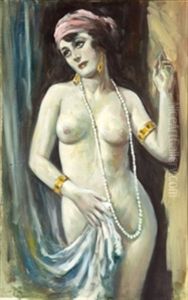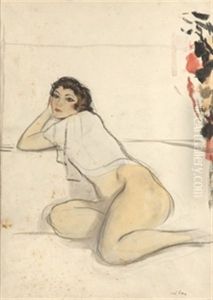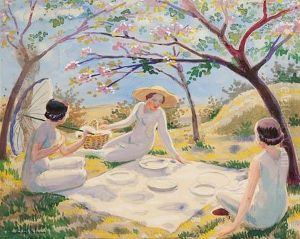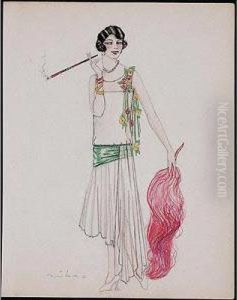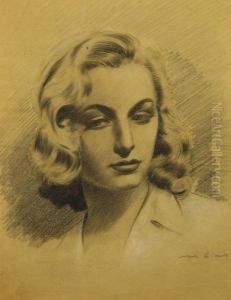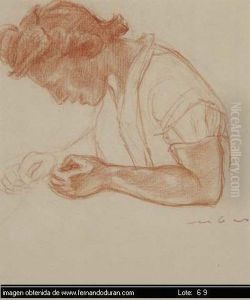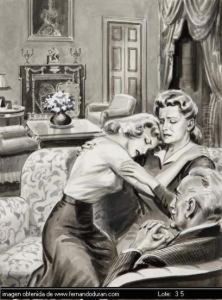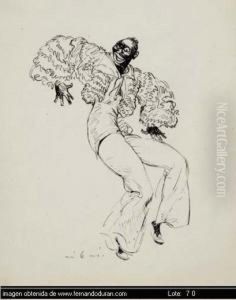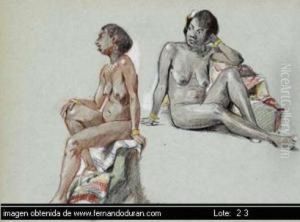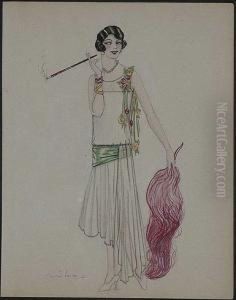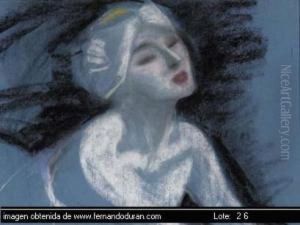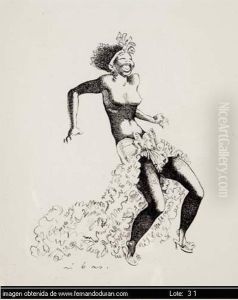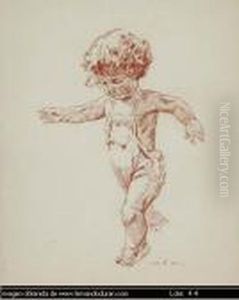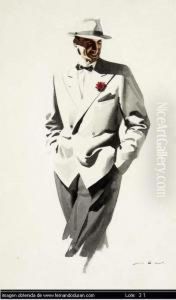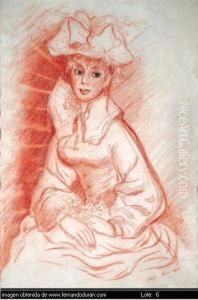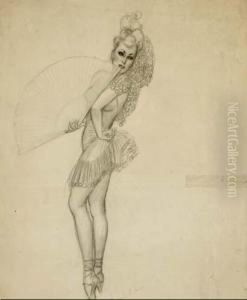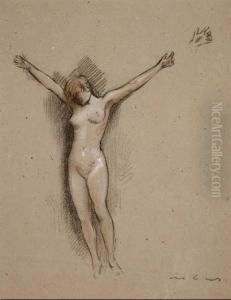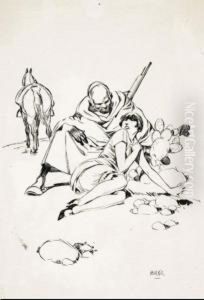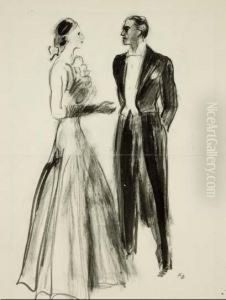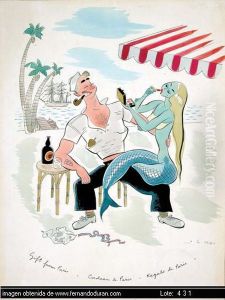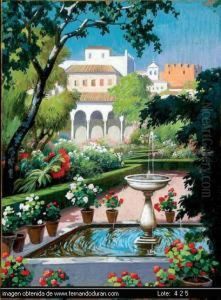Federico Ribas Montenegro Paintings
Federico Ribas Montenegro, known as Federico Ribas, was a prominent illustrator and graphic artist born on May 2, 1890, in Buenos Aires, Argentina. He is best known for his work in advertising and his contribution to the graphic arts in Spain during the first half of the 20th century. Ribas's family had European roots, which influenced his artistic education and orientation.
Ribas moved to Spain in 1910, where he began his career as an illustrator. His work quickly gained popularity for its elegant and refined style, which was characterized by the use of black and white tones with occasional touches of color. Ribas's illustrations often featured fashionable women and were influenced by Art Nouveau and, later, Art Deco styles. He became a sought-after illustrator for magazines, books, and advertisements.
During the 1920s and 1930s, Ribas's work continued to flourish. He created memorable posters and advertisements for various companies, and his illustrations were featured in leading magazines such as 'Blanco y Negro' and 'La Esfera.' His style evolved with the times, and he seamlessly adapted to new trends in graphic design.
One of Ribas's significant contributions to Spanish culture was his work in cinema. He produced numerous posters for films, contributing to the burgeoning movie industry in Spain. His posters were known for capturing the essence of the films they represented with a mix of glamour and intrigue.
Despite the outbreak of the Spanish Civil War in 1936, Ribas continued to work. However, the war did affect the themes and nature of his work, as it did with many artists of the time. Post-war, he adapted to the new political and social landscape of Spain, maintaining his standing as a leading graphic artist.
Federico Ribas's career spanned over four decades, during which he left a lasting impact on Spanish graphic arts. His work is remembered for its elegance, style, and the way it captured the zeitgeist of early to mid-20th century Spain. He passed away on July 21, 1952, in Madrid, leaving behind a rich legacy that continues to be studied and appreciated by art historians and enthusiasts.
